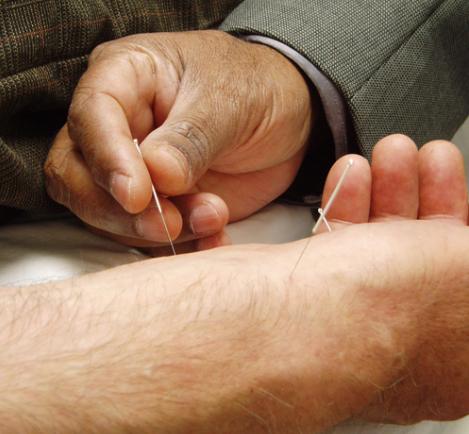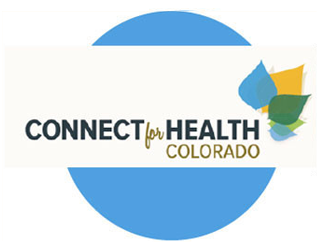Dry needling is a state-approved treatment technique in Colorado for the treatment of two types of chronic pain – myofascial and neuromuscular. This treatment does not utilize medication or the act of injection; rather, it simply works by inserting a dry needle into the skin in the areas where muscles are located.

The muscles that are typically targeted are those that have suffered as a result of decreased circulation, have a high level of tightness, or are generally very painful. As a physical therapist, you may use this treatment technique to help your patients experience relief from chronic pain without the use of potentially addictive and dangerous pain relievers.
How Does Dry Needling Work?
Dry needling works for pain sufferers by causing a micro-type lesion within the tissue in the body that is considered to be unhealthy. This process helps in breaking up the shortened and damaged tissues. As a result, the reflex arc that stems from the brain and the nerves to that tissue is inhibited.
Dry needling helps to normalize the inflammatory-based response in the body and controls the brain’s overall response to the pain. It creates an environment for healing.
When the body starts to heal, the pain that the patient experiences will start to occur less frequently. In most instances, just one needle is used; however, multiple needles may be utilized.
Many patients may benefit from just one treatment; however, most patients benefit from several treatments. Dry needling may result in a bit of discomfort. Also, minor bleeding may occur.
Dry Needling Background Information
Many individuals are under the impression that dry needling is the exact same thing as acupuncture; however, this is not the case.
Acupuncture is based on the traditional principles of Chinese medicine and is typically performed by professional acupuncturists.
Dry needling – on the other hand – is part of the medical principles in the modern Western region.
Additionally, this Colorado-state approved treatment is fully supported by extensive scientific research.
While physical therapists are highly knowledgeable when it comes to the human anatomy, those that elect to perform dry needling on patients are required to supplement the knowledge that they have by receiving a total of 46 hours of hands-on training by a PT that has been practicing their profession in excess of 24 months.
Why Dry Needling is a Productive Option for Physical Therapy Patients
The goal of dry needling is to relieve pain in the body and improve a patient’s range of motion. The research that has been conducted has concluded that dry needling aids in improving pain, reducing the tension of the muscles within the body, and aids in the normalization of the dysfunctions that occur deep within the cells of the nerves and the muscles.
There are vast amounts of musculoskeletal problems that may be successfully treated with dry needling. These include – but, are not at all limited to – postural problems, pelvic pain, headaches, knee pain, leg pain, heel pain, shoulder impingements, and back pain.


